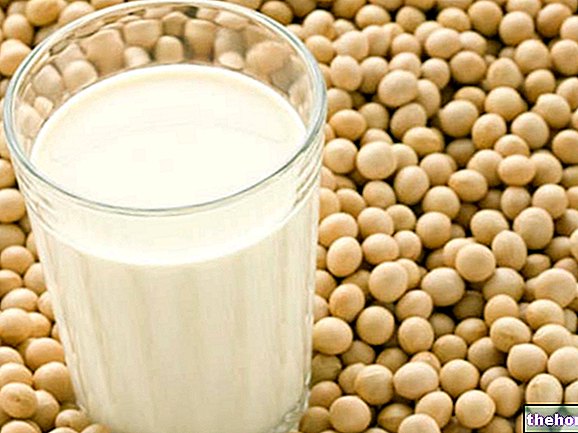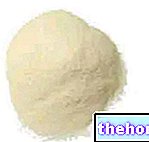What is Balsamic Vinegar?
Balsamic vinegar is a particular type of vinegar with a characteristic aroma and a brown color. It is obtained from the sugary and acetic fermentation of the grape must which is previously cooked at a temperature not lower than 80 degrees centigrade.

Production
To produce a good balsamic vinegar it is important to choose suitable barrels, since the precious woods that compose them give the balsamic vinegar its particular aroma. For their realization, oak, chestnut, cherry, mulberry and juniper are usually used.
The entire production process follows a centuries-old ritual, wisely preserved by families who have handed down recipes and places of production from generation to generation. The entire process thus takes on a meaning full of charm and tradition.
The vinegar cellars, containing a mother barrel that feeds 3-10 barrels of decreasing size, are exposed for years in the attics where they mature thanks to the passage from the rigidity of winters to the heat of summer. Every spring, wisely exploiting the decanting technique, a certain amount of balsamic vinegar is taken from the smaller barrel (25-30%) which is then brought to level with the vinegar from the adjacent barrel (slightly larger). The process barrel by barrel is repeated until reaching the mother barrel containing the vintage cooked must.
Due to this continuous process of filling it is not possible to establish the exact age of the balsamic vinegar taken. It can only be said that a certain percentage of the vinegar in question has undergone an aging equal to the time elapsed between the start of the vinegar factory and the moment in which the food is taken.
The barrels containing the balsamic vinegar are not sealed but covered, simply, with a rough cloth held in position by a stone. In this way unwanted contacts (insects and bad weather) are avoided, while leaving the bacteria free to exchange oxygen with the " surrounding environment.
Each type of balsamic vinegar requires different curing times; generally this period must not be less than 12 years. Some vinegars are aged up to 25-50 years reaching high figures (on average we are talking about 500 euros per liter for a product aged a quarter of a century).
A good balsamic vinegar is such only if it is produced from high quality grapes. Generally, the fruit of the Trebbiani (Spain or common Trebbianina) and Lambrusco vineyards is used, varieties chosen as they are naturally rich in sugars.
The best balsamic vinegars, protected by the IGP brand and by very strict consortia, are produced in Emilia Romagna in the provinces of Modena and Reggio Emilia. Due to the long aging period the cost of this product is very high. In any case, for many admirers its unmistakable aroma fully repays the small economic sacrifice.

Video Recipes with Balsamic Vinegar Glaze
Property
Nutritional Properties and Organoleptic Characteristics
Balsamic vinegar is an excellent product also from a nutritional point of view. Its caloric content is modest (about 100 Kcal per 100 grams) and becomes practically nil when you consider that a few drops are normally sufficient to enrich dishes. in a valid ally of one's silhouette when used instead of salt or other high-calorie condiments (vegetable oils and butter).
A quality balsamic vinegar looks like a flowing syrup (neither too thick nor too liquid) of a dark color, full and shiny. With reference to this last characteristic, it is appropriate to say that not all that glitters is gold. The growing interest in this particular condiment has in fact led many industries to devise alternative production methods capable of reducing costs and mimicking its characteristics. Low-priced balsamic vinegars are generally artificially enriched with preservatives, caramel, dyes and aromatic substances.The product is also diluted with normal wine vinegar.
storage
Balsamic vinegar does not undergo particular alterations during storage. However, it is advisable to place it in a tightly closed glass container.




























